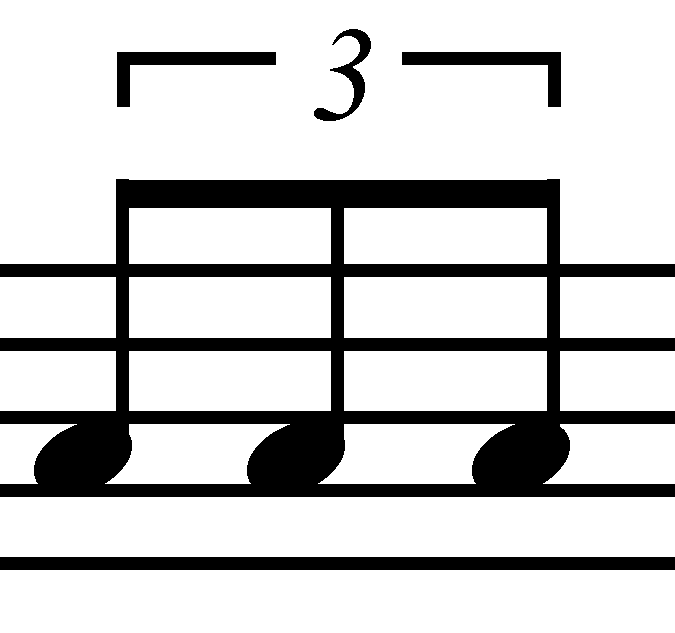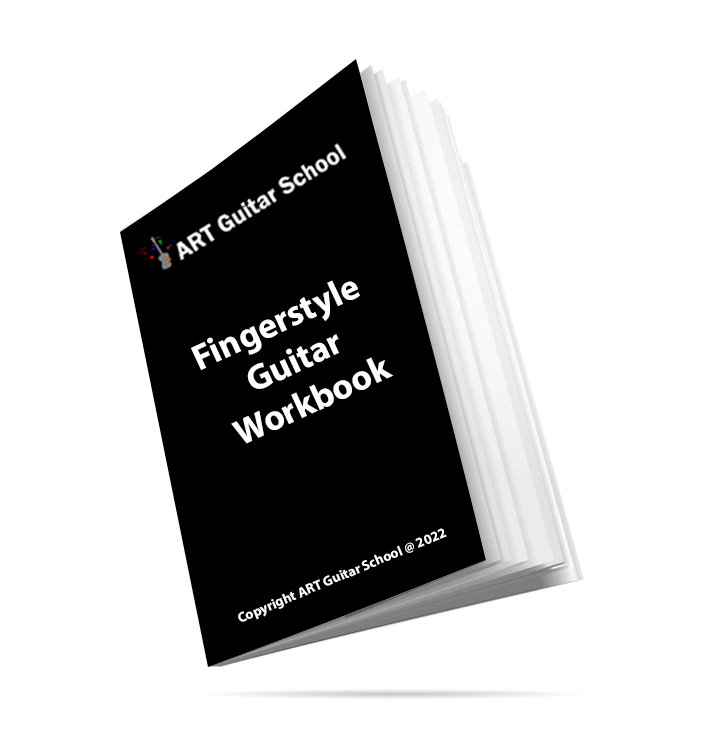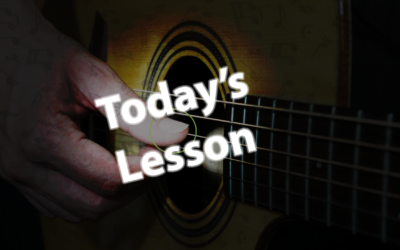One of the most common questions in regards to rhythm is how to play a triplet picking pattern. In order to do so you must first understand how a triplet works.
A triplet is split evenly into three parts within a quarter note. It’s like squeezing 3 eighth notes into one beat however, the duration of each is now slightly shorter due to the limited amount of time to fit each note within that beat.
Rhythm #1
Here is a quarter note pattern to start with. Pluck each note as one beat.
We added a half note at the end to fulfill the measure.

Rhythm #2
Now let’s try an eighth note pattern. Pluck two notes for each beat. They must fit evenly within the quarter note on the down and up beats.

Rhythm #3
Finally, this is the triplet pattern. I would recommend started by plucking only the first string with this rhythm. Count the rhythm as “one and ah, two and ah”.

Here is a video on popular finger picking patterns to start with:
If you were having trouble making the trip it’s even within the beat try using a metronome set a quarter notes 40 BPM and practice playing three notes within each beat.
FOLLOW US ON
Get our FREE Fingerstyle Workbook!
RELATED BLOG POSTS
Introduction to Fingerstyle Guitar: Beginner-Friendly Lessons
Learning fingerstyle guitar is a rewarding journey, and it all starts with the basics. If you’re just starting, understanding fingerstyle techniques will set the foundation for your musical growth. This post will guide you through the core elements of fingerstyle guitar, including hand positioning and beginner-friendly patterns.
What is Fingerstyle Guitar? Fingerstyle guitar involves plucking the strings with your fingers, rather than using a pick. This allows for more nuanced control over the melody and rhythm, creating intricate, beautiful sounds. A typical fingerstyle player uses their thumb for bass notes (the lower strings) and their fingers (index, middle, and sometimes ring) for melody and harmony (higher strings).
Proper Hand Positioning To get started, ensure your hand is relaxed, with your thumb hovering near the lower strings (E, A, D) and your fingers over the higher strings (G, B, E). Your thumb should alternate between bass notes, while your fingers pick out the melody and harmony.
Basic Fingerpicking Patterns The simplest pattern to start with is the Travis picking pattern, where your thumb alternates between bass strings (E, A, D), and your fingers pick out the higher strings. Start with this pattern and gradually build up to more complex variations.
The Evolution of Fingerstyle Guitar: From Classic to Contemporary
Fingerstyle guitar has evolved through the years. Here’s how it developed:
1. Classical Fingerstyle
Pioneered by Andrés Segovia, classical fingerstyle involved intricate melodies and complex finger movements.
2. Blues Fingerstyle
Blues artists like Robert Johnson and Mississippi John Hurt brought fingerstyle to the forefront with iconic sounds.
3. Modern Fingerstyle
Artists like Tommy Emmanuel and Andy McKee have popularized modern fingerstyle with fast, percussive techniques.
Fingerstyle continues to evolve, blending tradition with innovation to create exciting new sounds.
How to Use Fingerstyle Guitar to Accompany Your Voice
Fingerstyle guitar can enhance your vocal performance. Here’s how to combine both effectively:
1. Keep the Rhythm Steady
Use your thumb to maintain a strong bass while your fingers pick the melody, allowing you to focus on singing.
2. Focus on Simple Patterns
Start with basic patterns like Travis picking, and add complexity once you’re comfortable.
3. Add Harmonies
Once you’ve mastered the basics, complement your voice with harmonies and chord embellishments.
4. Play with Dynamics
Use dynamics to mirror the song’s emotional flow—soft for verses, louder for choruses.




0 Comments